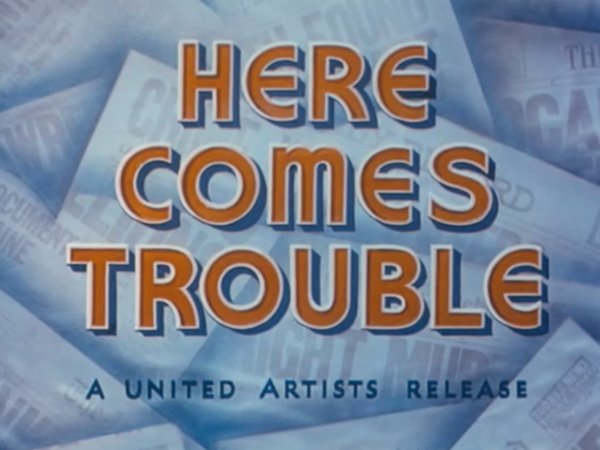
Here Comes Trouble
 |
Available on DVD:![The Complete Hal Roach Streamliners Collection Vol. 1 (ClassicFlix Silver Series, 2020) [USA]](web_images/dvd-streamliners_vol1.jpg)
|
|
The war is over and Sgt. Doubleday is now a civilian, and now works as a journalist with The Tribune newspaper run by Mr. Blake. His girlfriend Penny is the boss's daughter, who has pleaded with her father to give him a promotion. In need of a new police reporter after the last one quit, Blake gives Doubleday the job. Doubleday reports for duty by presenting Blake with a large signed portrait of himself which was given to him by Penny. Doubleday lets everybody in the press room know that he is now a reporter and they cannot resist mocking him. The make up artist encourages Doubleday to have his photograph taken for the newspaper and paints his face to look like a clown, without him knowing, which draws laughter from all around him. He heads off to the police court and bumps into his old army nemesis Ames, now a policeman, who greets him warmly. Ames takes Doubleday into the courtroom where he has just presented evidence in a case. However, Doubleday interferes and causes the case to be thrown out by the judge, leaving Ames embarrassed. The Daily Tribune has printed a front-page article in their newspaper naming the owners of local rackets, which doesn't go down well with some gangsters who pay Mr. Blake a visit. One of them telephones Blake's wife that evening and threatening to come over, while Ames is there confronting Doubleday over earlier events at the court. When the doorbell rings Ames boldly takes charge of the situation and thinking the man on the doorstep is one the gangsters, he assaults him and leaves him in the dirt. Of course, it is Blake, and he isn't too pleased so he finds his way back into the house and removes both Ames and Doubleday rather forcibly! The next morning Doubleday sneaks into the office in order to plead with Blake but is trapped in the bathroom as Blake is paid a visit by an old flame, Bubbles LaRue (that's a name?). |
|
She blackmails him for $10,000 for her to hand over her diary containing details of their secret affair some years ago. Just then Mrs. Blake shows up and he quickly shoves the lady into his bathroom, unaware that Doubleday is in there hiding. When Mrs. Blake goes into the bathroom and begins chatting with somebody her husband fears the worst but when she emerges with Doubleday he quickly adopts a joyful attitude and reinstates his future son-in-law. After managing to talk his way out of the fix he is in, Blake instructs Doubleday to carry out Bubbles's instructions: to pay her the money at the theatre in exchange for her diary and then knock her out to make it look like a robbery. Doubleday is hesitant but agrees and goes to the theatre. At the end of her performance Bubbles returns to her dressing room and meets Doubleday but they are disturbed and she is roughed up while he waits in the closet. It's obvious who it is (Stafford, the attorney) but he gets away and the police arrive on the scene. Doubleday is suspected of murder when Penny shows up to criticize him and Chief McClure gets in his face. A clown from the burlesque show is tied up by the killer and stuffed in his locker but when Doubleday discovers him the police are confronted by the killer who takes Penny as a hostage and runs off with her.
He takes her onto the stage where a live show is being performed but the cops are waiting for him and a shootout begins between them, all the while the audience believe it is part of the act. Doubleday tries to apprehend the crook with the help of Ames and the cops in a frantic chase across the rafters and the stage which descends into a long slapstick routine played out way too long in order to bring the film to its conclusion. Doubleday finally gets his hands on the diary and it becomes a passing game between him and Ames on the stage until the killer is caught by Ames. The diary is retrieved and Doubleday wins his girl back. |
|
Favourite bit Okay so I have to admit it, that first scene with Doubleday and Ames at the court house is one of my favourite scenes in the entire series. Why? Because Ames's character was always so negative towards Doubleday's character in the previous five films that it was really nice to see them embrace so positively for once. There is a scene shortly afterwards inside the courtroom when Doubleday begins to contradict Ames and Ames quickly snaps back into his old army character and warns Doubleday to stay out of it... |
| Trivia • Copyrighted April 1948, though the copyright disclaimer in the film's credit roll says 1947. • Released as "Lafftime". Part 1: Here Comes Trouble; part 2: Who Killed Doc Robbin? The two halves were subsequently released separately. Part 1 is 6 reels. "Who Killed Doc Robbin" was combined with "Curly" in the 1980s to create two new films: The Adventures Of Curly And His Gang and Curley And His Gang In The Haunted Mansion. • This was the sixth and final film in the Doubleday/Ames (William Tracy & Joe Sawyer) military comedies to be made by the Hal Roach Studios, and is five years after the last one, "Yanks Ahoy" was released. However, two more features followed which starred William Tracy and Joe Sawyer reprising their roles: As You Were (05 October 1951), and Mr. Walkie Talkie (28 November 1952). Both were produced by Hal Roach Jr. and released by Lippert Pictures. I have not seen these two films, nor will they be included on this website. • Combined with "Who Killed Doc Robbin", this was the last film produced by the Hal Roach Studios. • Doubleday has his face painted in such a way that he resembles a clown, but he doesn't know it. He steps into an elevator with six others who laugh constantly for over 40 seconds. I mean come on, it wasn't THAT funny! Incidentally, the woman in the blue dress is former Our Gang child star Jackie Lynn Taylor. • Joe Sawyer's first scene is around the 11-minutes mark. • Doubleday introduces Penny to Ames by telling her that "Ames is an old army buddy of mine." I am not sure Ames ever regarded Doubleday as a "buddy", judging by the five previous films they were in together?! • Blake rings the doorbell to get into his own house, presumably because he has lost his keys, but Ames opens the door to him before assaulting him and closing the door. He later is in the house and throws Ames and Doubleday out. But wait, how did he get in? Now you could argue that the maid let him in because she is seen standing by the front door in the background, but unless she is psychic, how did she know he was there? • The set up where an old flame goes to the office to blackmail her ex but is quickly shoved into the bathroom when his wife shows up to see him is a re-working of Laurel and Hardy in Chickens Come Home. • Gertrude Astor had a semi-regular film career with Hal Roach back in the day makes a very brief appearance as a woman walking through the office building with a dog when Ames trips over the lead and falls down the stairs. She is on screen for a mere five seconds and has no dialogue. This is around the 32-minutes mark. • If you don't mind looking at the cleavage of a 51 year-old Betty Compson then you could check out this screenshot from the film. Incidentally, this was her last film appearance in a career that spanned four decades and over two hundred movies. My opinion • Ames and Doubleday in colour! An improvement, right? Well.... um, no. This is by far the weakest of the six films in the series and although the colour aspect of the film does pique the curiosity it doesn't do much to salvage what is an obviously failed attempt to ressurect the partnership of William Tracy and Joe Sawyer. The women look beautiful (I have to admit, Joan Woodbury in particular) and the initial scene at the court house between Ames and Doubleday is rather touching but the film quickly fades away into obscurity quickly after that. A harmless comedy, all things considered, but it's probably one of those films you would only ever watch once. But you know, it's okay I suppose. |
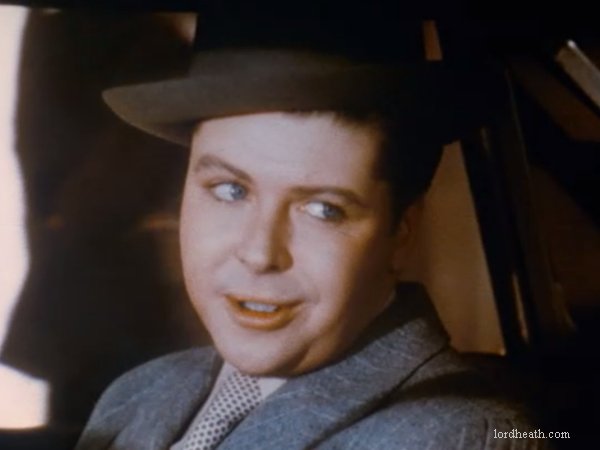 |
William Tracy Dorian Doubledady |
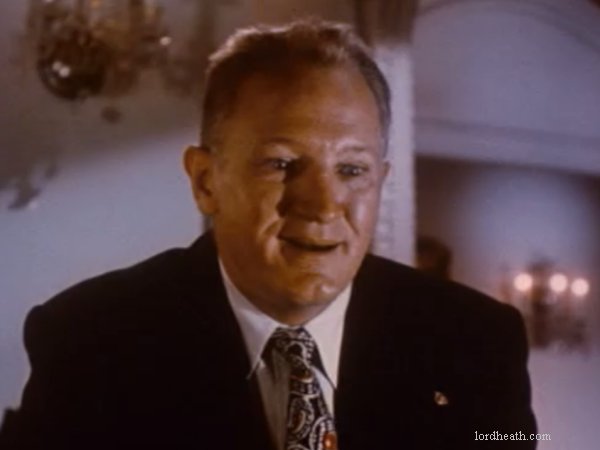 |
Joe Sawyer Officer Ames |
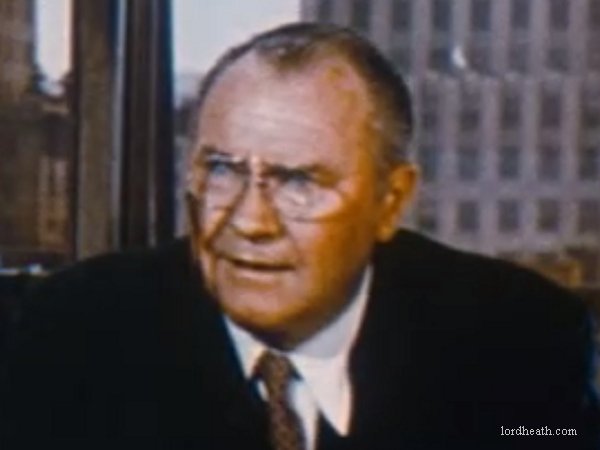 |
Emory Parnell Winfield Blake |
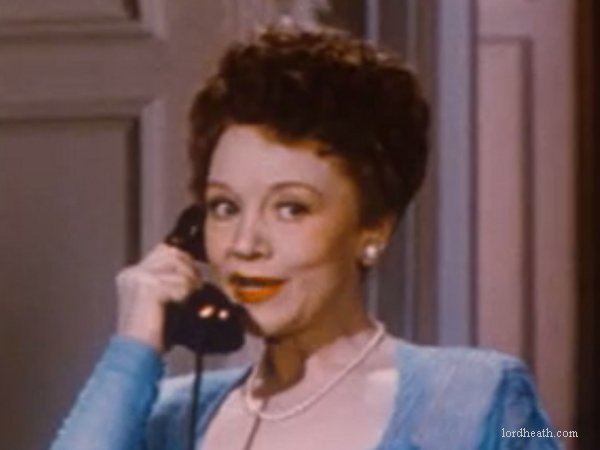 |
Betty Compson Martha Blake |
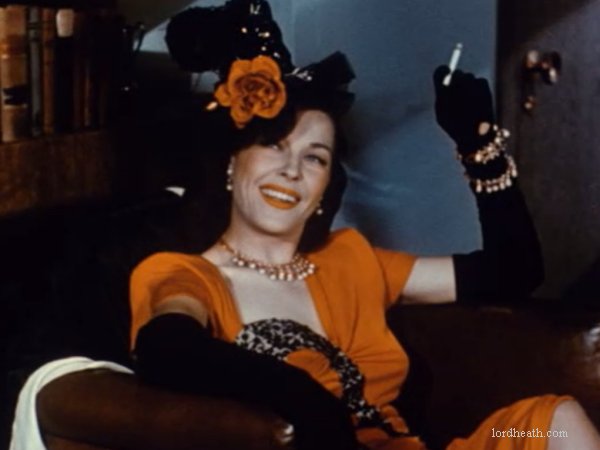 |
Joan Woodbury Bubbles LaRue |
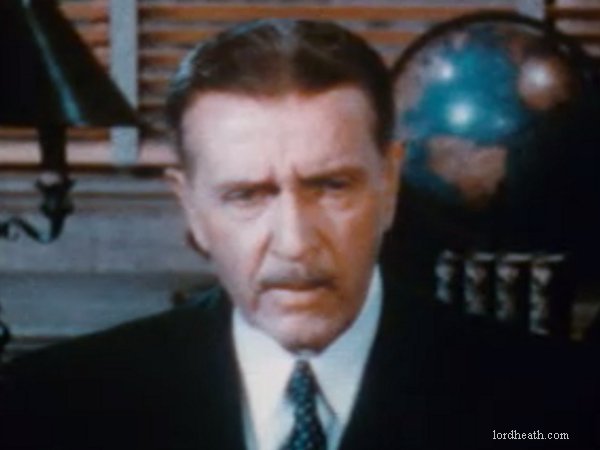 |
Paul Stanton Martin Stafford, attorney |
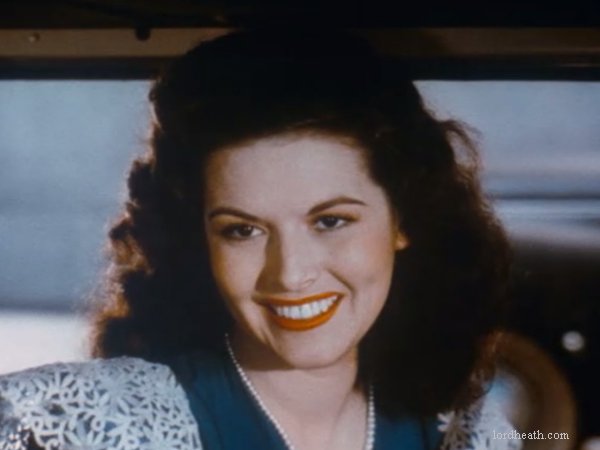 |
Beverly Loyd Penny Lake |
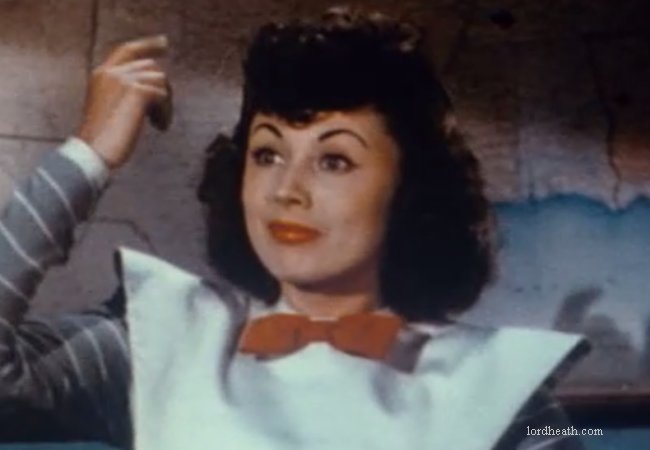 |
Patti Morgan Esther Dexter |
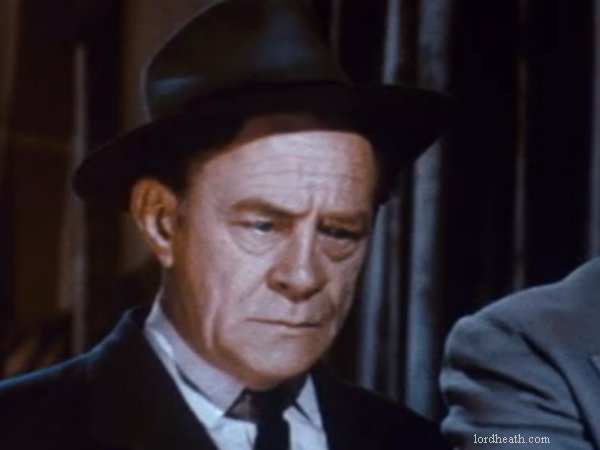 |
Thomas Jackson Chief McClure |
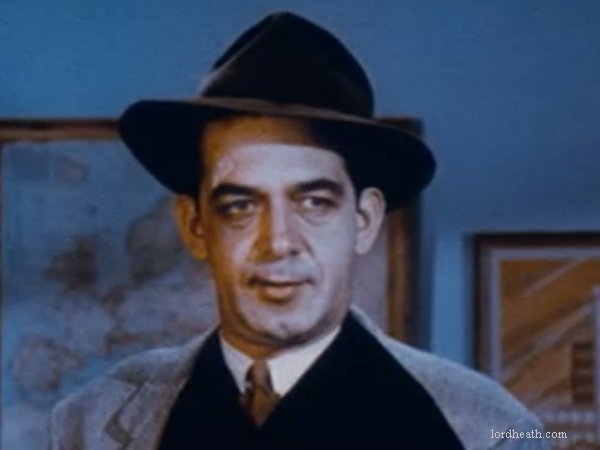 |
Anthony Warde Police reporter |
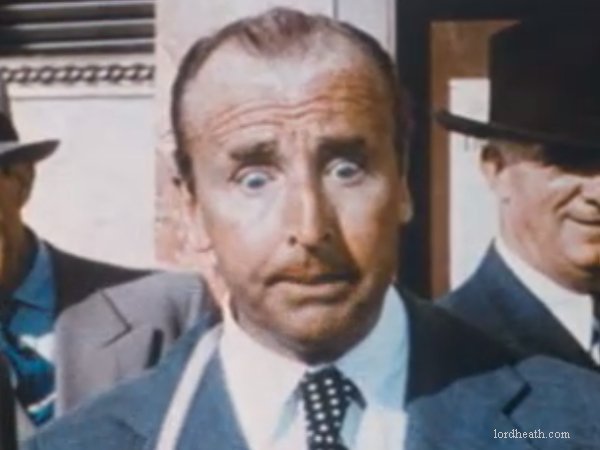 |
Eddie Parks Freddie, news photographer |
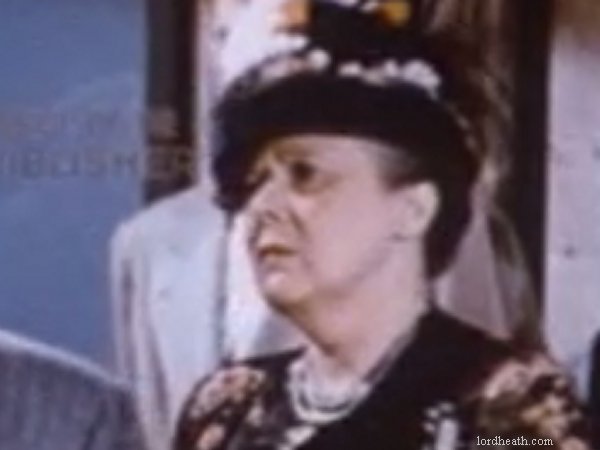 |
Nell Craig Society editor |
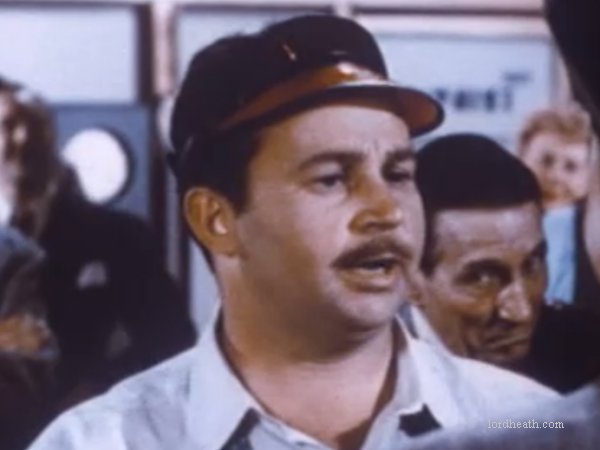 |
Stanley Prager Cartoonist |
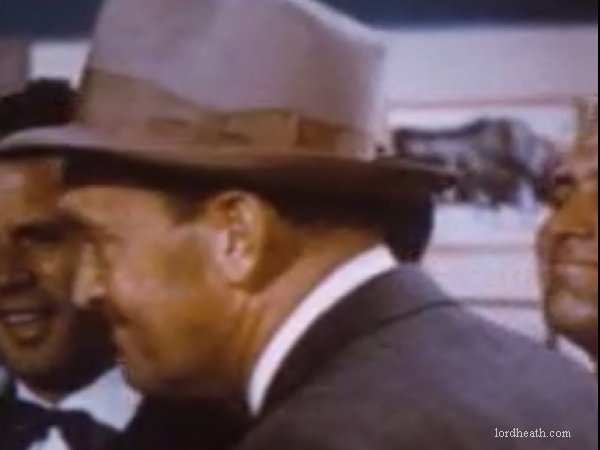 |
Harold Goodwin Reporter with cigars |
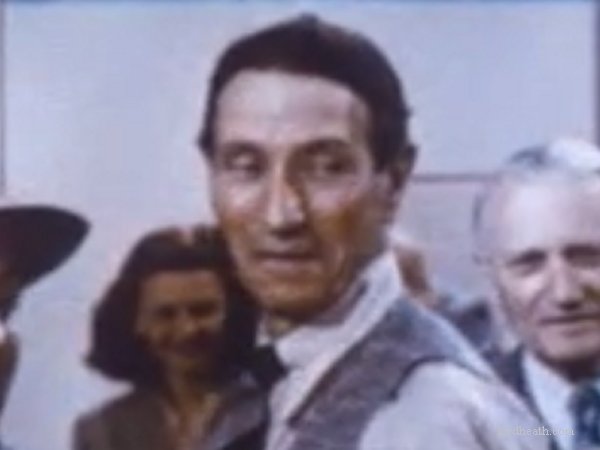 |
Charles Middleton Reporter |
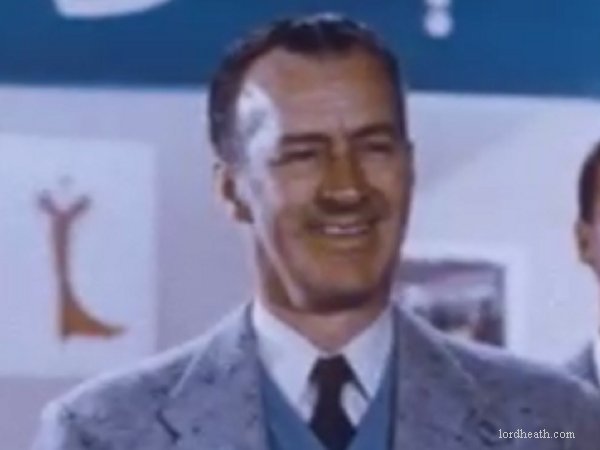 |
Garry Owen Sports editor |
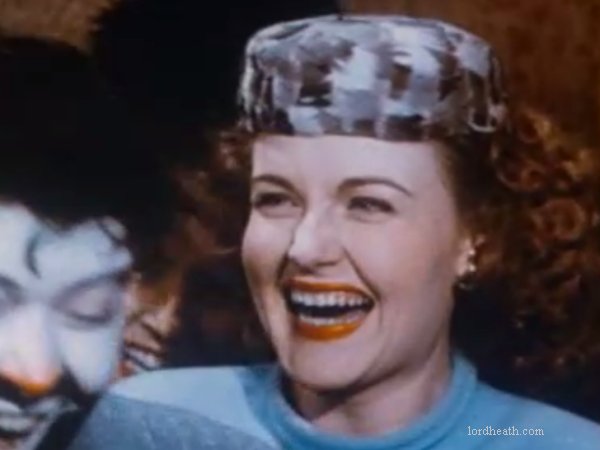 |
Jackie Lynn Taylor Elevator passenger |
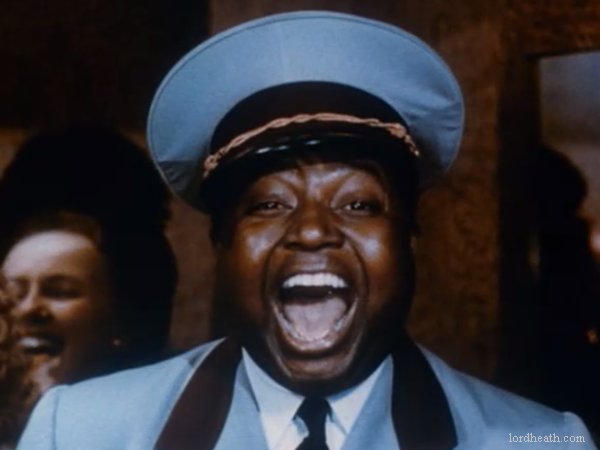 |
Dudley Dickerson Elevator operator |
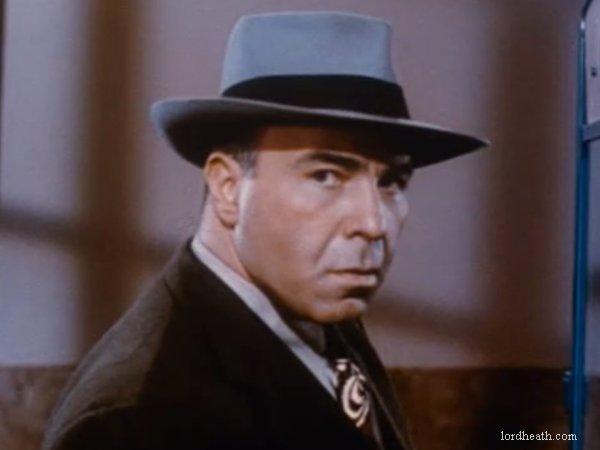 |
Ben Welden Rankin |
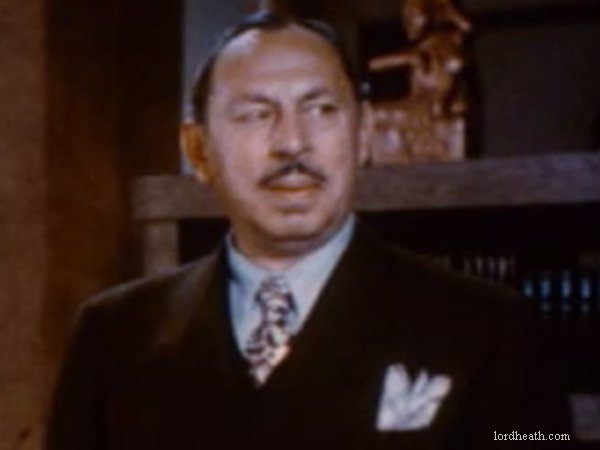 |
Joseph Granby Spinelli, Rankin's lawyer |
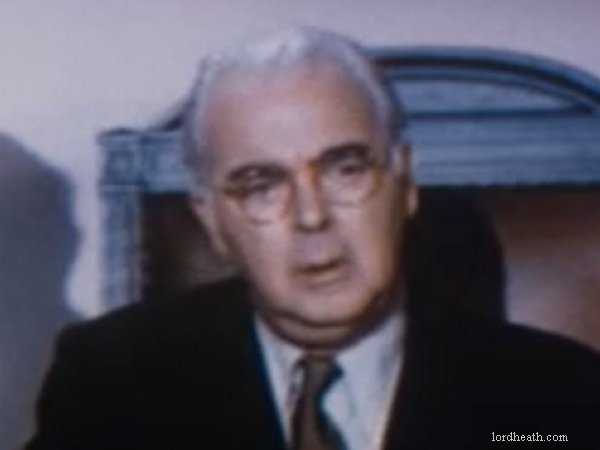 |
Harry Cheshire Judge J.J. Bellinger |
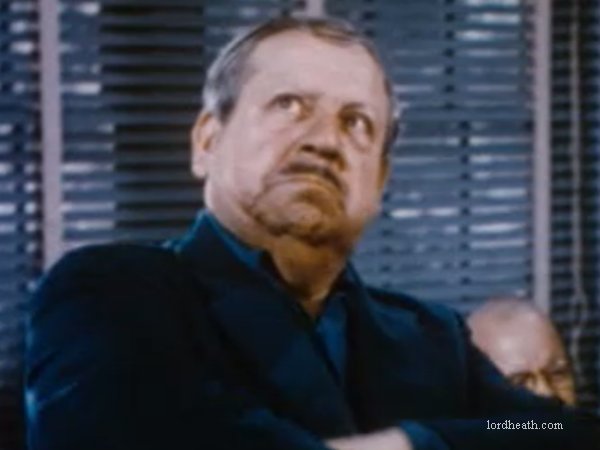 |
George Humbert Italian suspect in court |
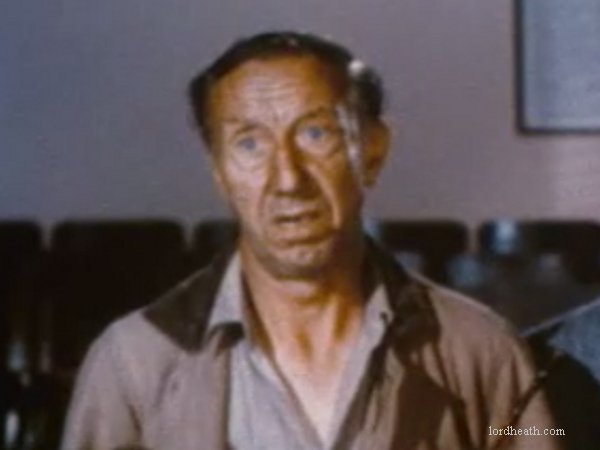 |
George Davis Fisherman in court |
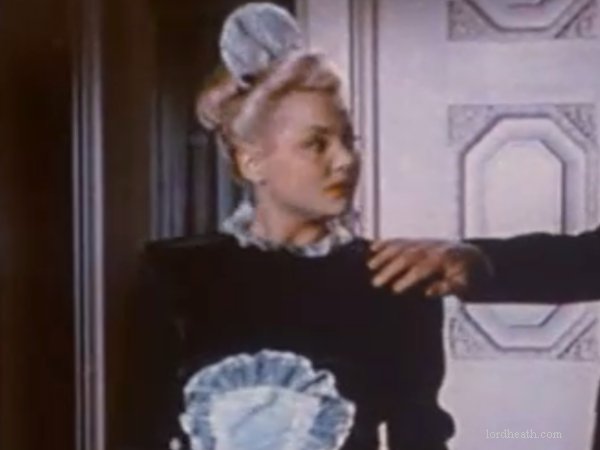 |
Margaret Roach Vera |
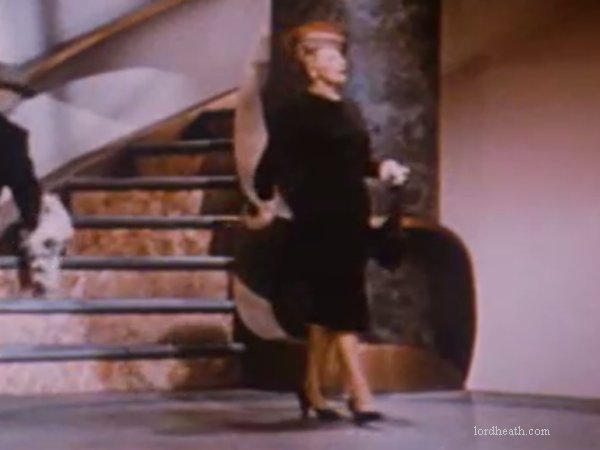 |
Gertrude Astor Woman with dog |
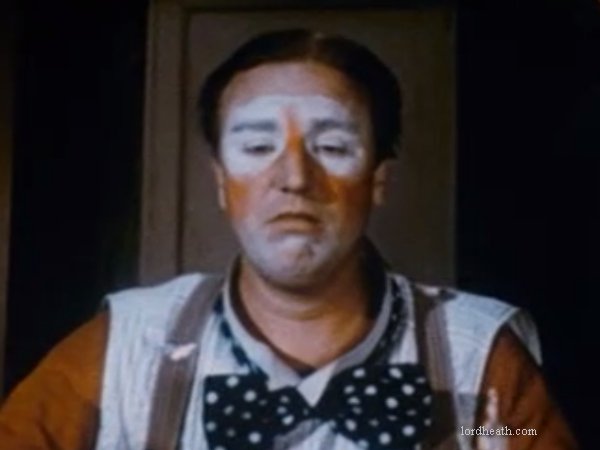 |
Eddie Bartell Bagsy, burlesque clown |
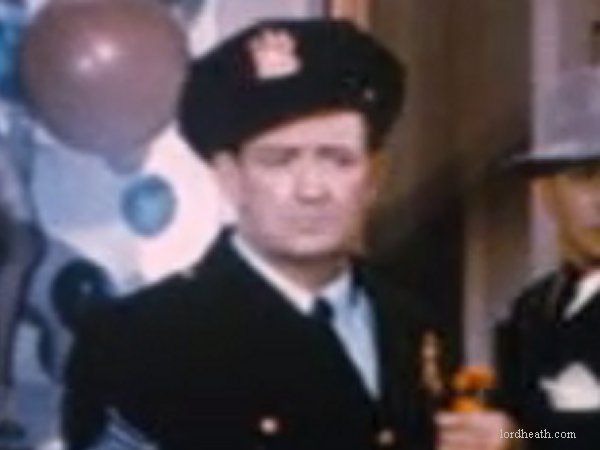 |
Charles Sullivan Sgt. Harris |
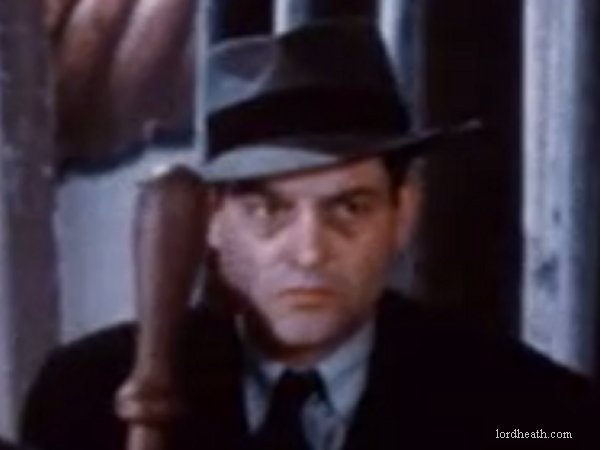 |
Chuck Hamilton Hood at burlesque house |
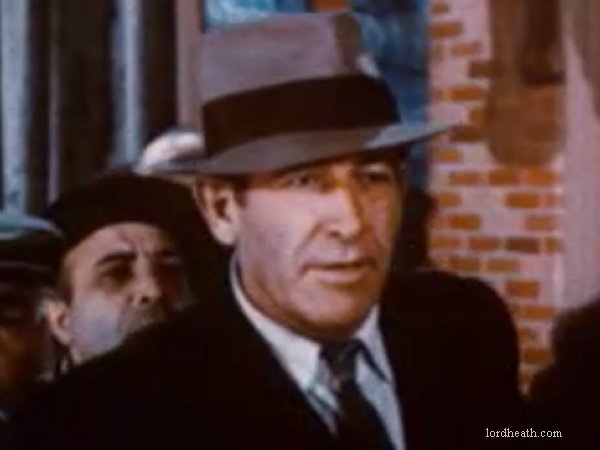 |
Carey Loftin Hood at burlesque house |
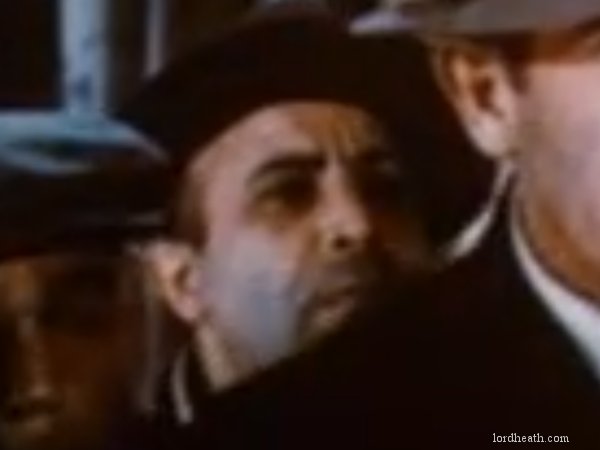 |
Bobby Barber Hood at burlesque house |
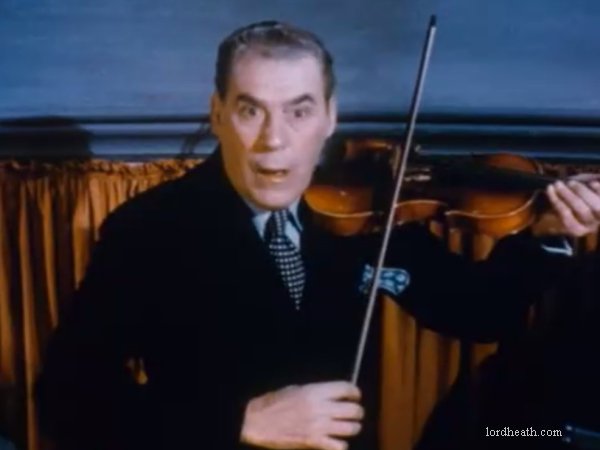 |
Eddie Dunn Pit violinist |
Fred Aldrich Hood at burlesque house |
Rod Bacon Reporter |
Mimi Berry Ginger |
Stuart Holmes Street extra |
Donald Kerr The Masher/Dancer on stage at climax |
Theodore Lorch [?] |
Emmett Lynn Burlesque customer |
Tommy Reilly Barney |
Helen Servis Charwoman |
Jack Shea Policeman |
UNIDENTIFIED CAST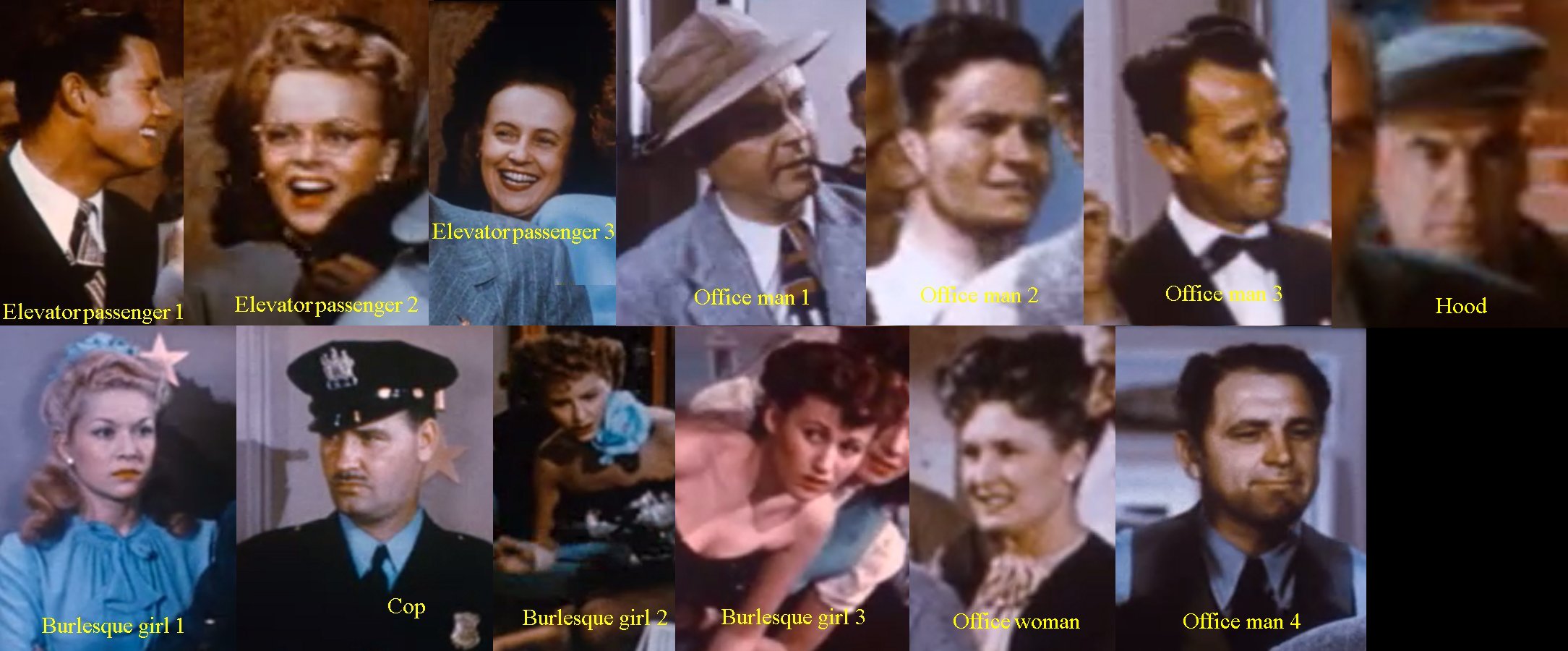 |
| CREDITS (click image to enlarge) |
 |
| POSTER (click any image to enlarge) 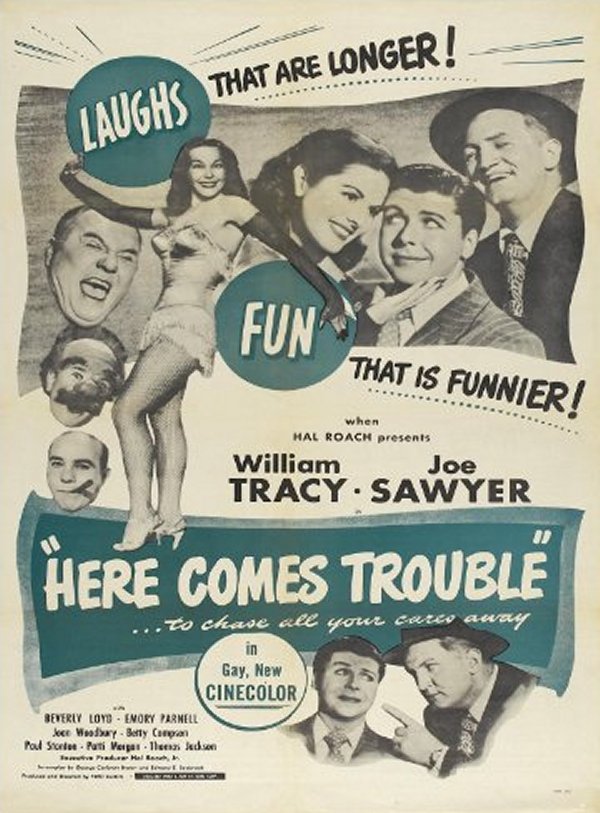
|
| STILLS (click any image to enlarge) 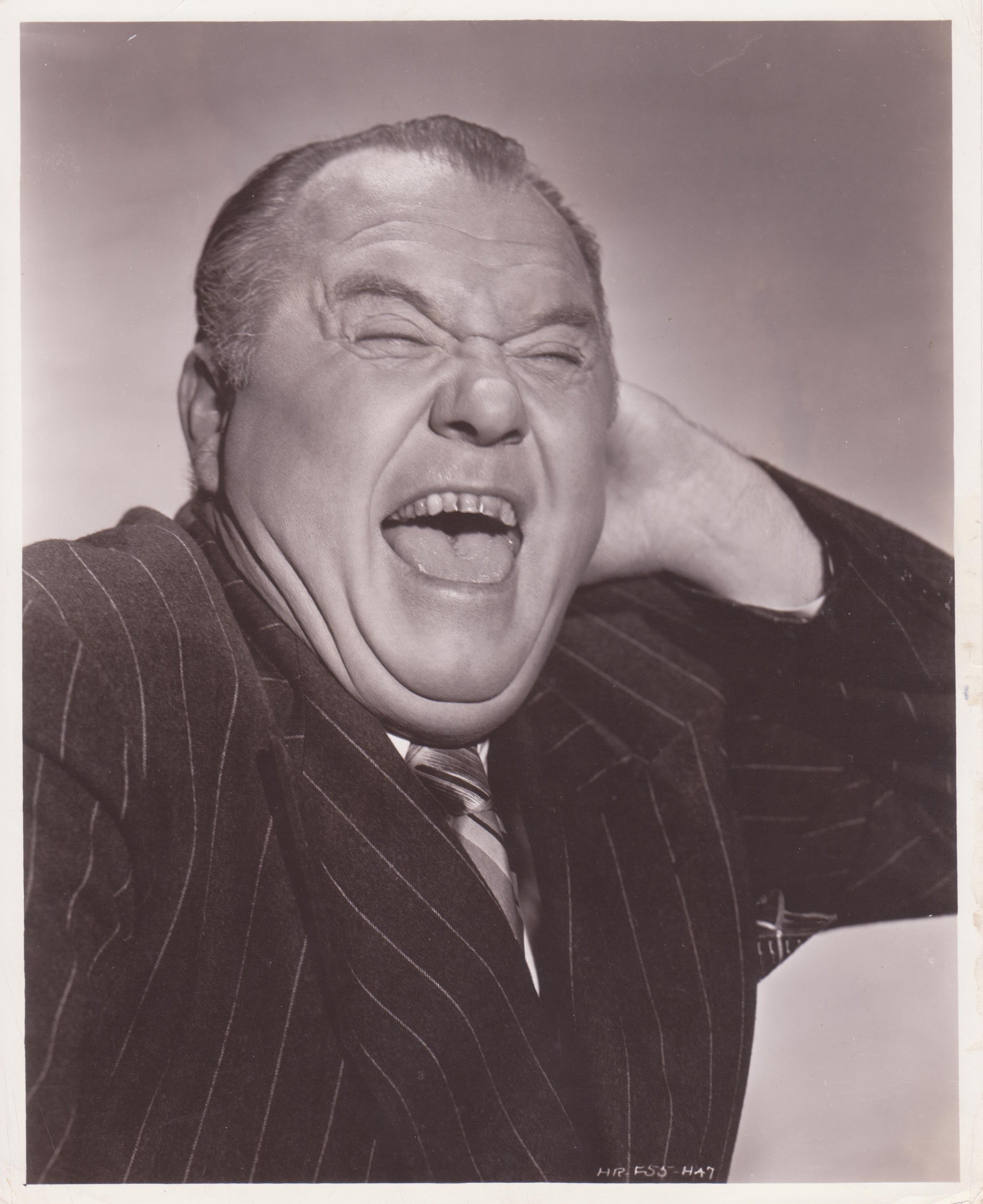
|
| SHOT ON THE BACK LOT (click any image to enlarge) 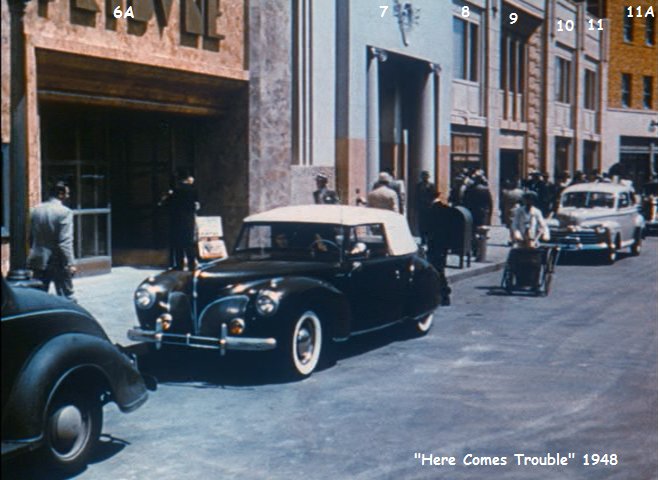
|
| Acknowledgements: Gene Sorkin (help) David Kawals/ClassicFlix (supplying DVD for review) Richard W. Bann (identification of Margaret Roach and Jackie Lyn Taylor) Brent Seguine (identification of Carey Loftin and Chuck Hamilton) Jesse Brisson (identification of Bobby Barber) Richard Finegan (still of Emory Parnell) This page was last updated on: 17 July 2022 |